A researcher from Turkey’s Tarsus University has investigated eight different configurations of PV-supported hybrid atmospheric water harvesting (AWH) systems.
AWH systems extract water vapor from the air and condense it into liquid water, using desiccant wheels, heat exchangers, and vapor compression refrigeration (VCR) units.
“AWH is an emerging technology that enables the extraction of fresh water from ambient air by capturing atmospheric moisture. This approach offers a sustainable water supply solution, particularly in regions lacking centralized water infrastructure or constrained by geographical and hydrological limitations,” said the research author, Kamil Neyfel Çerçi. “Most systems use the evaporation-condensation principle via the VCR, while some integrate desiccant wheels for improved efficiency.”
The systems
In configuration 1, PV panels supply electricity to an electric heater, which heats the regeneration air used by the desiccant wheel. The desiccant wheel removes moisture from the process air and transfers it to the regeneration air, which becomes humidified and is then directed through the evaporator, where it is cooled below its dew point temperature, leading to condensation and the collection of water.
In configuration 2, a heat exchanger is positioned between the desiccant wheel and the evaporator, while in configuration 3, a second desiccant wheel is integrated downstream of the first desiccant wheel. In configuration 4, a heat exchanger is positioned between the second desiccant wheel and the evaporator. Configurations 5-8 are similar to 1-4, with the change being the positioning of the condenser of the VCR unit upstream of the electric heater. That is for a better utilization of the waste heat discharged from the condenser.
All eight systems were tested with three environmentally friendly refrigerants, namely R1233zd(E), R1234yf, and R600a, as well as conventional difluoromethane (R32). They were all simulated in the Engineering Equation Solver (ESS) program, with changing regeneration temperatures and airflow rates ranging from 70 C to 100 C and 252 kg/h to 360 kg/h, respectively. For the first round of tests, the ambient temperature was set to 25 C, the relative humidity to 75%, and the solar radiation to 650 W/m².
The results
“Among the analyzed setups, configuration 8, featuring two-stage desiccant wheels, a heat exchanger, and waste heat recovery, consistently demonstrated superior performance,” the researcher stated. “It achieved the lowest electricity consumption, the smallest required PV panel area, and the highest water harvesting efficiency (WHE).”
More specifically, when the regeneration temperature was set to 70 C, the electricity consumption of the system was 2-2.2 W, depending on the refrigerant. That corresponded to a PV plant area ranging from 20 m2 to 23 m2, also depending on the refrigerant. When the regeneration temperature was set to 100 C, the ranges were 4.2-4.4 W and 44-48 m2, respectively. The WHE at 70 C was between 0.76 kg/kWh and 0.8 kg/kWh, and between 0.4 kg/kWh and 0.42 kg/kWh at 100 C.
As the performances of system 8 were found to be the most effective, this system was further investigated under four climatic zones: in moderate (M) the outdoor temperature was set to 22 C and the relative humidity to 50%; in moderate and humid (M&H) they were set to 25 C and 75%; in warm and moderately humid (W&MH) they were 35 C and 70%; and in warm and dry (W&D) they were set to 40 C and 27%, respectively.
“The coefficient of performance (COP) of the cooling unit reached its highest value in the W&MH zone, where the evaporation temperature was also the highest. The second-highest COP was observed in the M&H zone, which also had the second-highest evaporation temperature,” the researcher concluded. “The highest WHE and water harvest rate (WHR) values were achieved in the W&MH zone, indicating that this climate zone is the most suitable for implementation of the proposed system configuration.”
His findings were presented in “Photovoltaic-supported hybrid atmospheric water harvesting systems: comparative performance analysis of different configurations,” published in Case Studies in Thermal Engineering.
This content is protected by copyright and may not be reused. If you want to cooperate with us and would like to reuse some of our content, please contact: editors@pv-magazine.com.
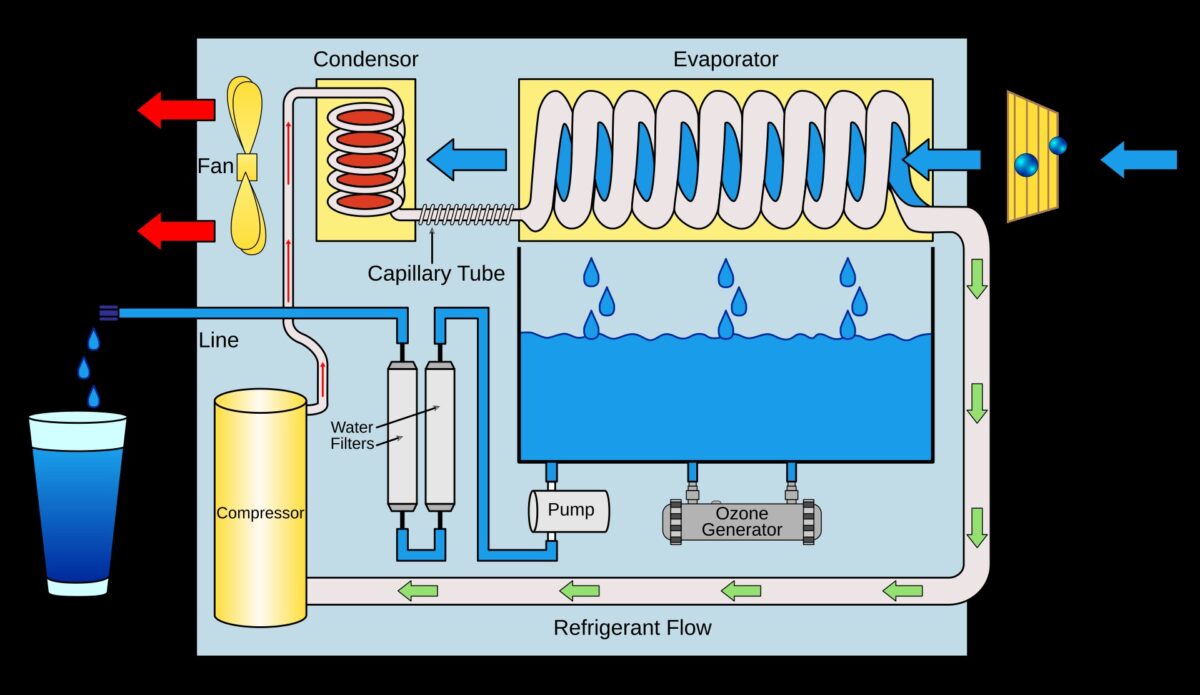
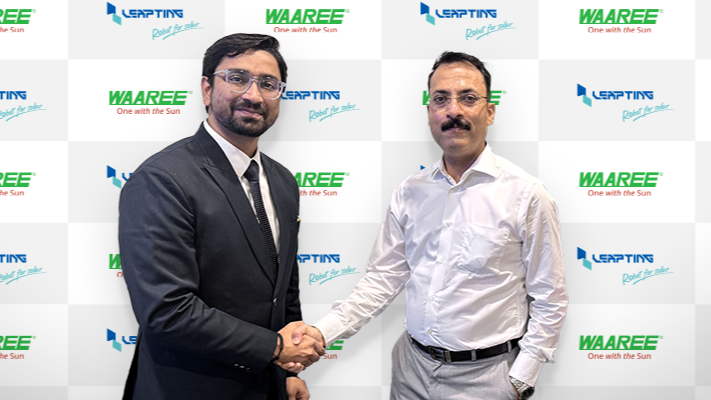

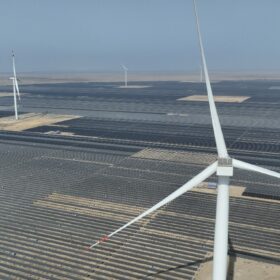
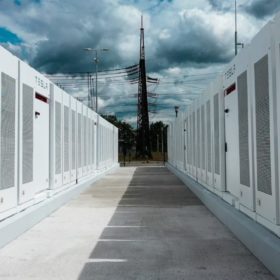
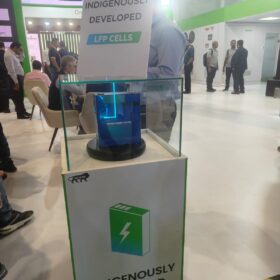

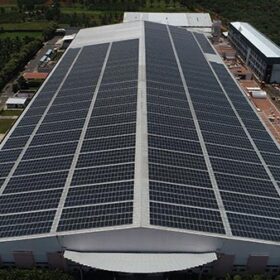
By submitting this form you agree to pv magazine using your data for the purposes of publishing your comment.
Your personal data will only be disclosed or otherwise transmitted to third parties for the purposes of spam filtering or if this is necessary for technical maintenance of the website. Any other transfer to third parties will not take place unless this is justified on the basis of applicable data protection regulations or if pv magazine is legally obliged to do so.
You may revoke this consent at any time with effect for the future, in which case your personal data will be deleted immediately. Otherwise, your data will be deleted if pv magazine has processed your request or the purpose of data storage is fulfilled.
Further information on data privacy can be found in our Data Protection Policy.